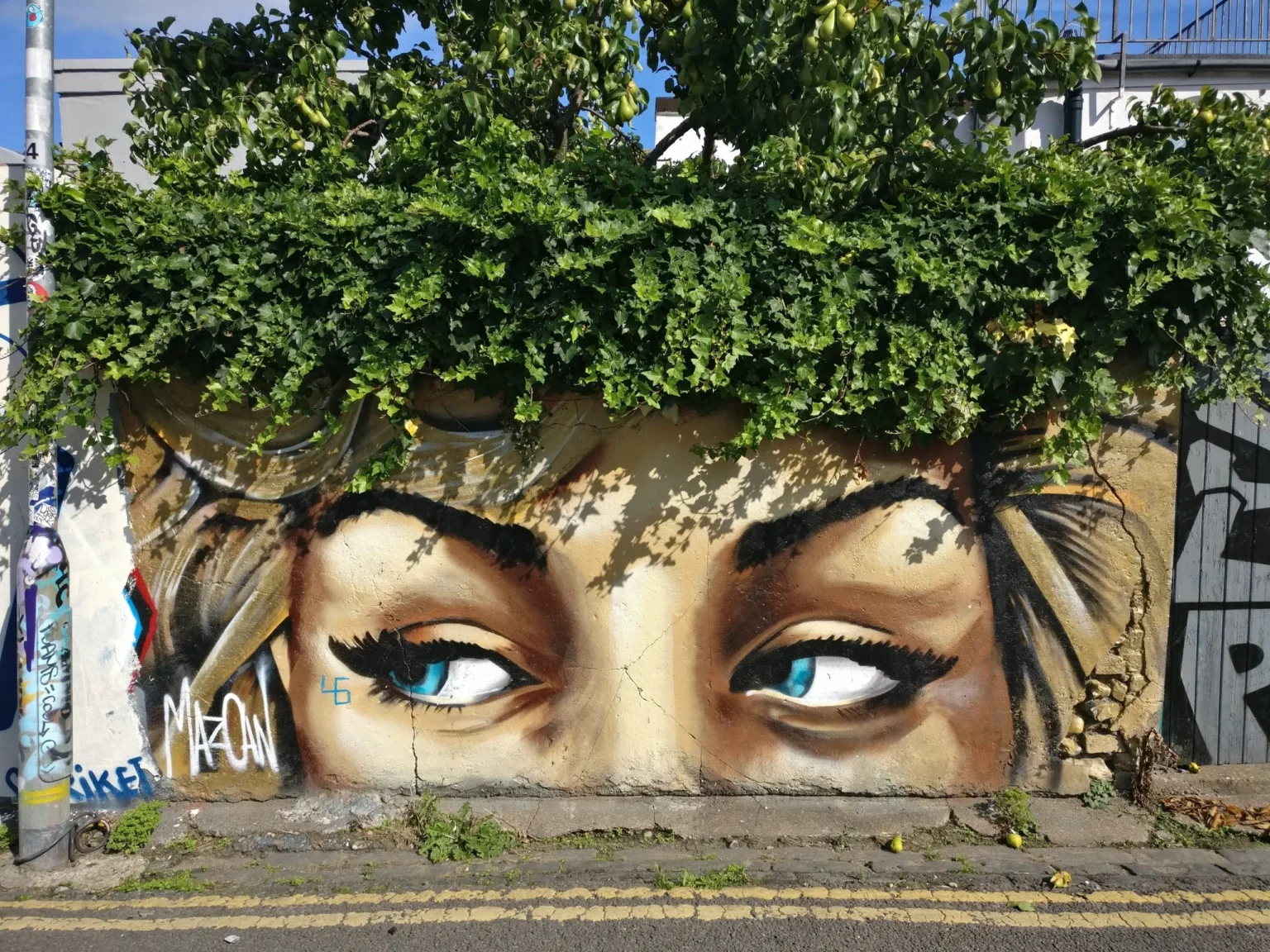Street Art and Graffiti have moved from the shadows to the spotlight in many Gulf cities. Once seen as rebellious and illegal, this urban art form is now welcomed, funded, and even celebrated by governments in the Middle East. From dedicated murals to public art festivals, Gulf cities are embracing this creative movement like never before.
A New Chapter for Street Art and Graffiti
In places like Dubai, Riyadh, and Doha, street art and graffiti are no longer hidden expressions. They have become tools for storytelling, community engagement, and city branding. Governments are recognizing their value—not only as visual art but as a way to connect with youth and modernize urban landscapes.
1. Legal Walls and Government Support
Turning Public Walls into Art Spaces
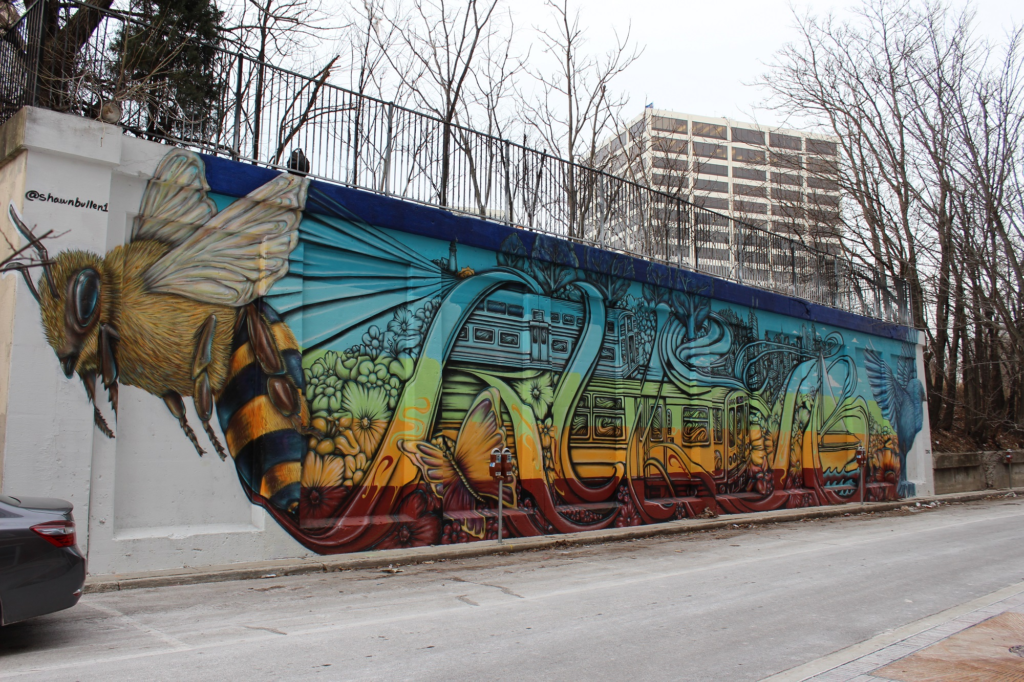
One of the most notable changes in the Gulf is the creation of legal spaces for street art and graffiti. In Dubai, public walls in Al Karama and Al Quoz are now official canvases for artists. The Dubai Street Museum, launched in 2016, features murals by renowned global and local street artists.
Similarly, in Saudi Arabia, the Riyadh Art Project is transforming city walls into vibrant artworks. These projects aim to turn the city into an open-air gallery while giving graffiti a legal platform.
2. Art Festivals that Highlight Street Art and Graffiti
Annual Events Fuel Creativity and Exposure
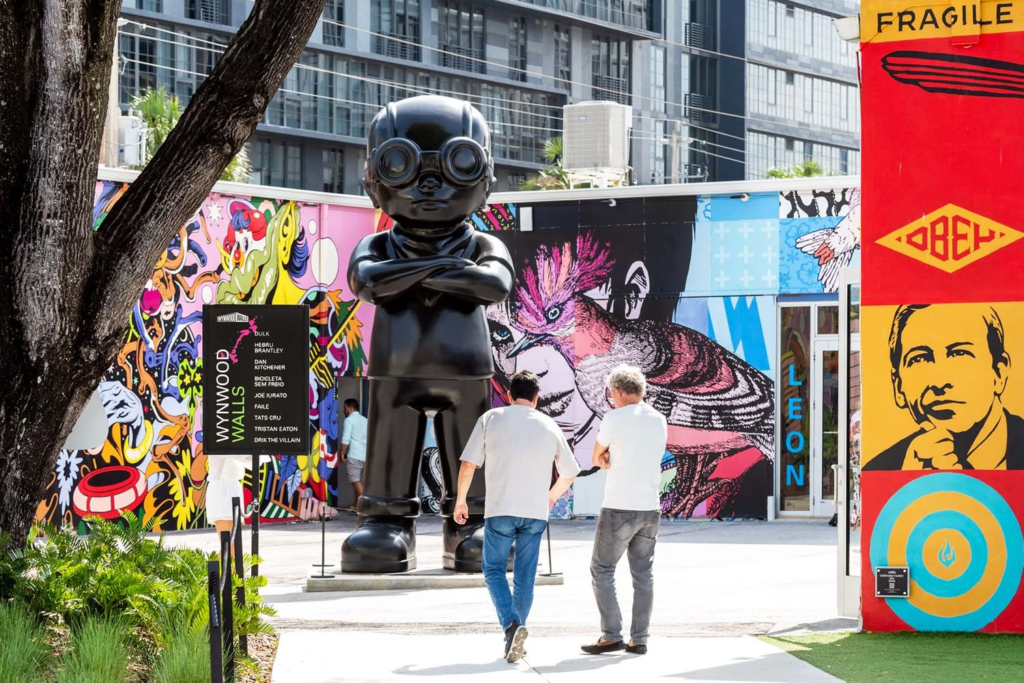
Art festivals across the Gulf have started including street art and graffiti as central themes. At events like Jeddah Season, Dubai Canvas, and Qatar International Art Festival, urban art is showcased alongside traditional forms.
These platforms not only elevate graffiti artists but also change public opinion by giving the art form visibility, legitimacy, and community appreciation.
3. Youth Engagement Through Urban Art
Training the Next Generation of Artists
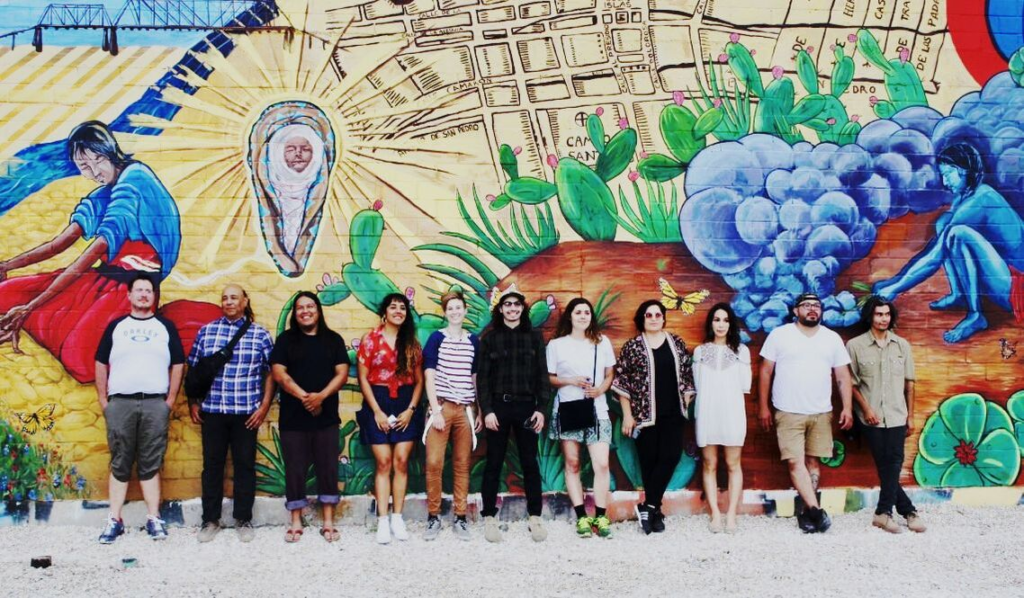
Inspiring the youth is a key goal behind promoting street art and graffiti. Educational institutions and cultural organizations offer workshops in spray painting, mural design, and street storytelling.
The Misk Art Institute in Saudi Arabia and the Fire Station Residency in Qatar are examples where aspiring artists receive mentorship and exhibition opportunities focused on graffiti and urban expression.
4. Beautifying Cities with Graffiti Murals
From Gray Walls to Colorful Landmarks
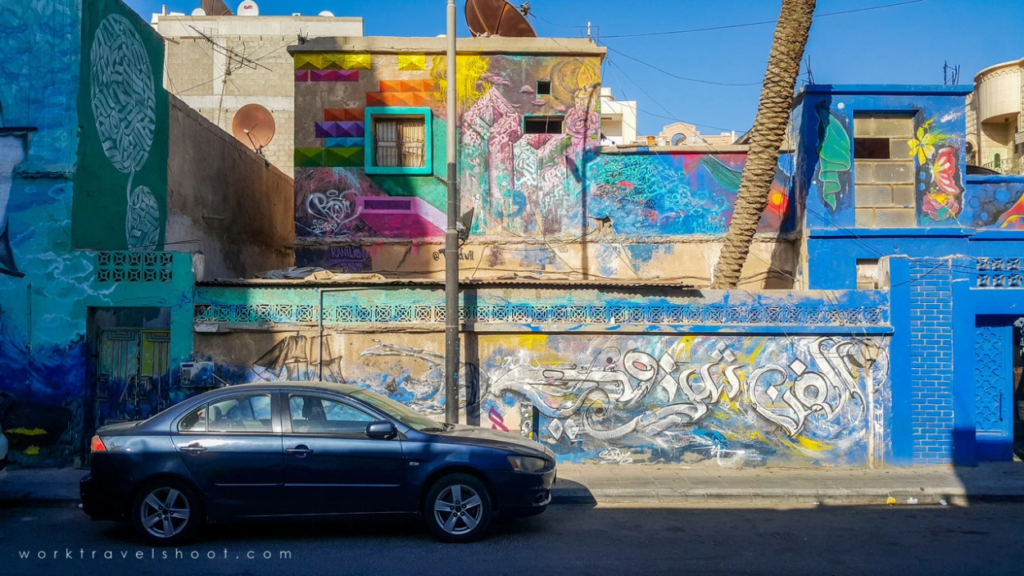
Gulf cities are using street art and graffiti to beautify public spaces, especially older or industrial areas. In Doha’s Msheireb district and Jeddah’s Al Balad, murals tell stories of culture, tradition, and progress.
These efforts are more than decoration—they make neighborhoods more walkable, vibrant, and culturally engaging, attracting both locals and tourists.
5. International Collaborations Raise Regional Profile
Global Partnerships Enhance Local Art Scenes
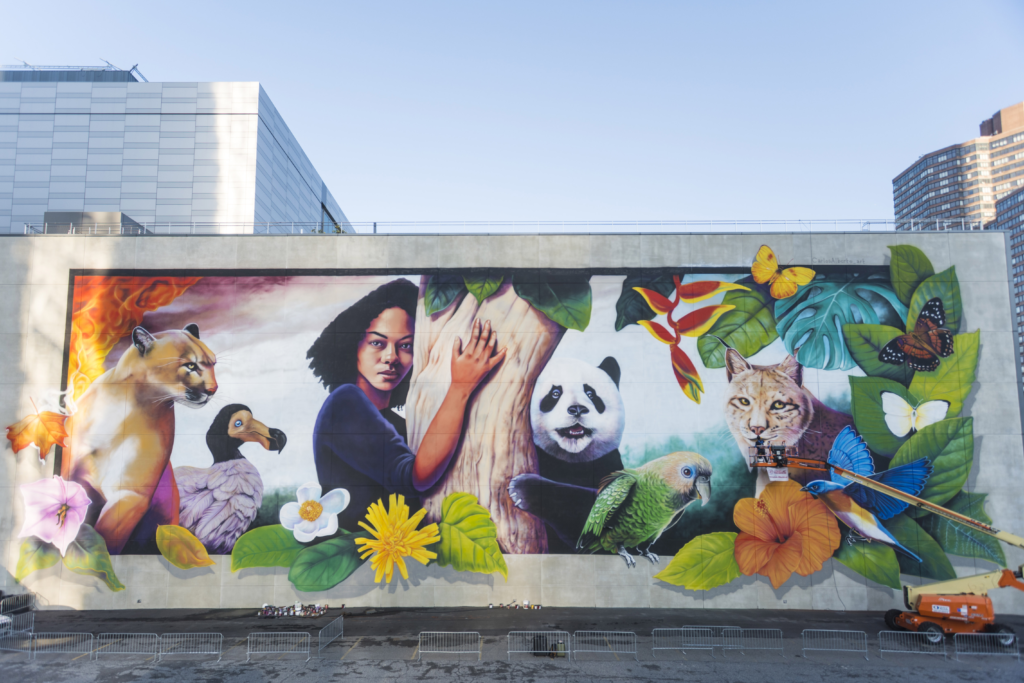
Street art and graffiti artists from the Gulf are now part of international collaborations. In 2022, Saudi Arabia partnered with UNESCO for a cultural exchange, allowing local artists to paint murals in Paris and Berlin.
These programs bring exposure, build artistic skills, and showcase Gulf creativity on a global stage, while also bringing international styles back home.
6. Corporate Sponsorship and Commercial Projects
Big Brands Fuel the Growth of Urban Art

Gulf companies are increasingly integrating street art and graffiti into their branding and advertising. Campaigns by Emirates NBD, Pepsi, and Noon.com have used graffiti walls to connect with younger audiences.
Such partnerships allow artists to monetize their skills while keeping creative freedom intact—blending art and commerce without diluting the authenticity.
7. Changing Public Views on Street Art and Graffiti
From Crime to Culture
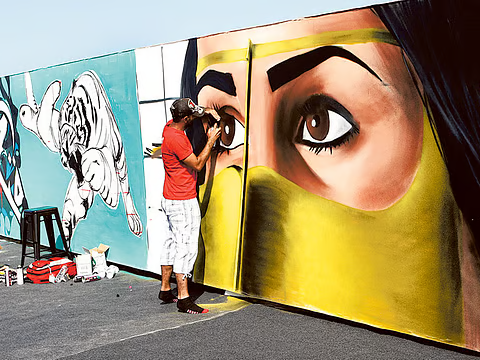
The most profound shift may be the public’s changing view of street art and graffiti. Once considered vandalism, these expressions are now respected forms of communication and creativity.
Social media has helped elevate graffiti artists as influencers, with videos of mural-making going viral across platforms. Community support is growing, especially among the youth who see street art as part of modern Gulf identity.
Final Thoughts
The story of street art and graffiti in Gulf cities is no longer one of suppression—it’s one of celebration. By providing legal spaces, funding, education, and global platforms, Gulf governments are empowering artists to transform their cities visually and culturally.
As the movement gains momentum, it is clear that street art and graffiti are not just trends—they are here to stay, evolving into a respected and permanent part of the Middle Eastern urban landscape.
read more- Top Galleries to Visit in Dubai and Abu Dhabi: 2025 Guide to Must-See Art Spaces

